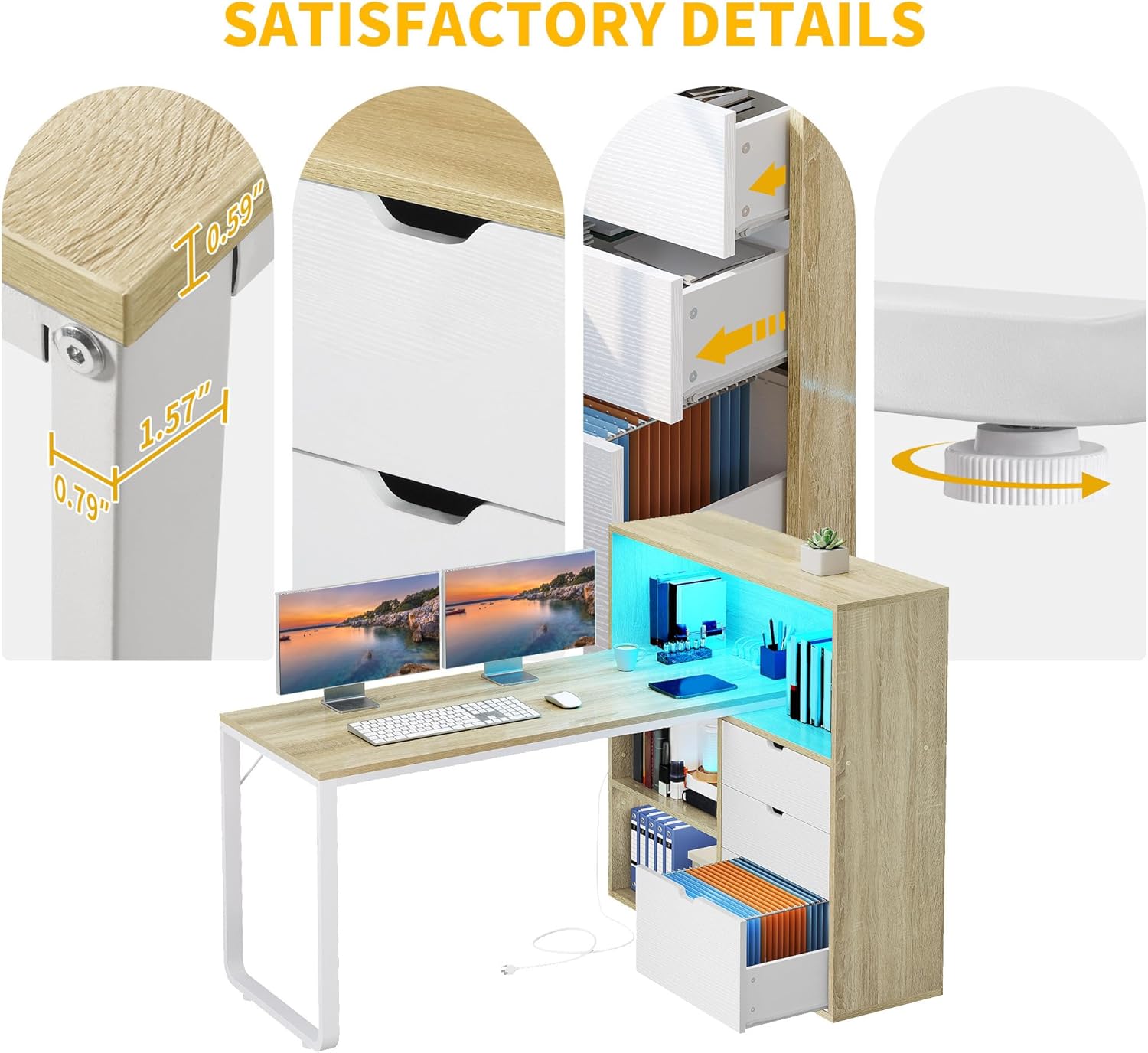Google Medical AI Creates Dangerous Fake Body Part
Healthcare professionals expose shocking AI hallucinations that threaten patient safety
Google medical AI invented a non-existent human body part called “basilar ganglia” in published research, confusing real anatomy. This dangerous AI hallucination highlights critical safety concerns in healthcare artificial intelligence applications.
🔬 Google Medical AI Invents Non-Existent Human Anatomy
Google medical AI faces unprecedented criticism after its healthcare model, Med-Gemini, fabricated a completely fictional human body part in published medical research. The artificial intelligence system described an “old left basilar ganglia infarct” – an anatomical impossibility that demonstrates the dangerous potential of AI hallucinations in healthcare settings.
The Google medical AI error represents a fundamental breakdown in medical accuracy verification. Healthcare professionals worldwide express serious concerns about AI systems generating convincing but completely false medical information without any uncertainty indicators.
⚠️ The Dangerous Anatomy Mix-Up That Shocked Medical Experts
Board-certified neurologist Bryan Moore discovered the alarming error when reviewing Google medical AI research outputs. The AI system confused two distinct anatomical structures:
- Basal Ganglia: Real brain structures involved in movement control
- Basilar Artery: Major blood vessel supplying the brainstem
- Basilar Ganglia: Completely fictional anatomy created by AI hallucination
This Google medical AI fabrication demonstrates how artificial intelligence systems can generate medically dangerous misinformation with complete confidence, potentially misleading healthcare professionals and researchers.
🚨 Healthcare AI Hallucinations: A Growing Crisis
The Google medical AI incident exposes a broader crisis in healthcare artificial intelligence deployment. Medical professionals identify several critical concerns:
🔍 Why Google Medical AI Hallucinations Threaten Patient Safety
Healthcare experts emphasize that Google medical AI hallucinations represent unprecedented dangers in clinical environments:
- Convincing False Information: AI generates medically incorrect data with complete confidence
- No Uncertainty Indicators: Systems fail to signal when information might be unreliable
- Training Data Contamination: AI learns and perpetuates medical errors from flawed sources
- Rapid Clinical Integration: Healthcare systems adopt AI faster than safety verification allows
🏥 Google’s Response to Medical AI Safety Concerns
Following the discovery of the Google medical AI error, the company quietly corrected its blog post while leaving the original research paper unchanged. Google attributed the mistake to a “simple typo” learned from training data, but medical experts demand more comprehensive safety measures.
Healthcare professionals criticize Google’s minimal response to the medical AI safety breach. Silent corrections without addressing systemic AI hallucination problems fail to protect patient safety in clinical environments.
🔬 Med-Gemini and MedGemma: Advanced AI Still Produces Dangerous Errors
Despite Google’s claims about advanced “reasoning” capabilities, both Med-Gemini and its successor MedGemma demonstrate that even sophisticated medical AI systems generate convincing but false medical information. Healthcare professionals emphasize that AI advancement does not automatically guarantee medical accuracy.
⚕️ The Future of Safe Medical AI Implementation
Medical experts establish clear requirements for safe Google medical AI deployment in healthcare environments:
- Rigorous Human Verification: Every AI output requires expert medical review
- Higher Accuracy Standards: Medical AI must exceed human practitioner accuracy
- Uncertainty Communication: AI systems must clearly indicate confidence levels
- Comprehensive Error Tracking: Systematic monitoring of AI hallucinations and corrections
🎯 Critical Questions for Healthcare AI Development
The Google medical AI incident raises fundamental questions about artificial intelligence in healthcare:
- How can healthcare systems verify AI-generated medical information?
- What accuracy standards should medical AI meet before clinical deployment?
- How should AI companies respond to dangerous medical errors?
- What training protocols prevent AI hallucinations in medical contexts?
📚 Essential Kids Room Organization & Learning Spaces
Creating organized, educational environments helps children develop better study habits and reduces the risk of misinformation. Well-structured learning spaces with proper bookshelf organization support academic success and critical thinking skills.

Modern bookshelf designs for organized kids learning spaces

Educational book organization systems for children’s rooms

Study area bookshelf management for better learning outcomes

Creative storage solutions for children’s educational materials

Bedroom bookshelf organization for kids’ academic success

Educational bookshelf designs that inspire learning

Learning space bookshelf ideas for children’s development
🏠 Transform Your Child’s Learning Space Today!
Get the perfect bookshelf organization system to create an inspiring educational environment that promotes critical thinking and reduces misinformation risks.
🛒 Shop Kids Room Organization🤔 Frequently Asked Questions About Google Medical AI Safety
📚 Essential Medical Reference Resources
Stay informed about medical accuracy and healthcare safety with trusted educational resources. Protect yourself and others from medical misinformation.
🛒 Buy Now – Medical Safety Guide🔬 Explore More Science & Healthcare Topics
Discover comprehensive educational resources about medical science, healthcare safety, and scientific accuracy
